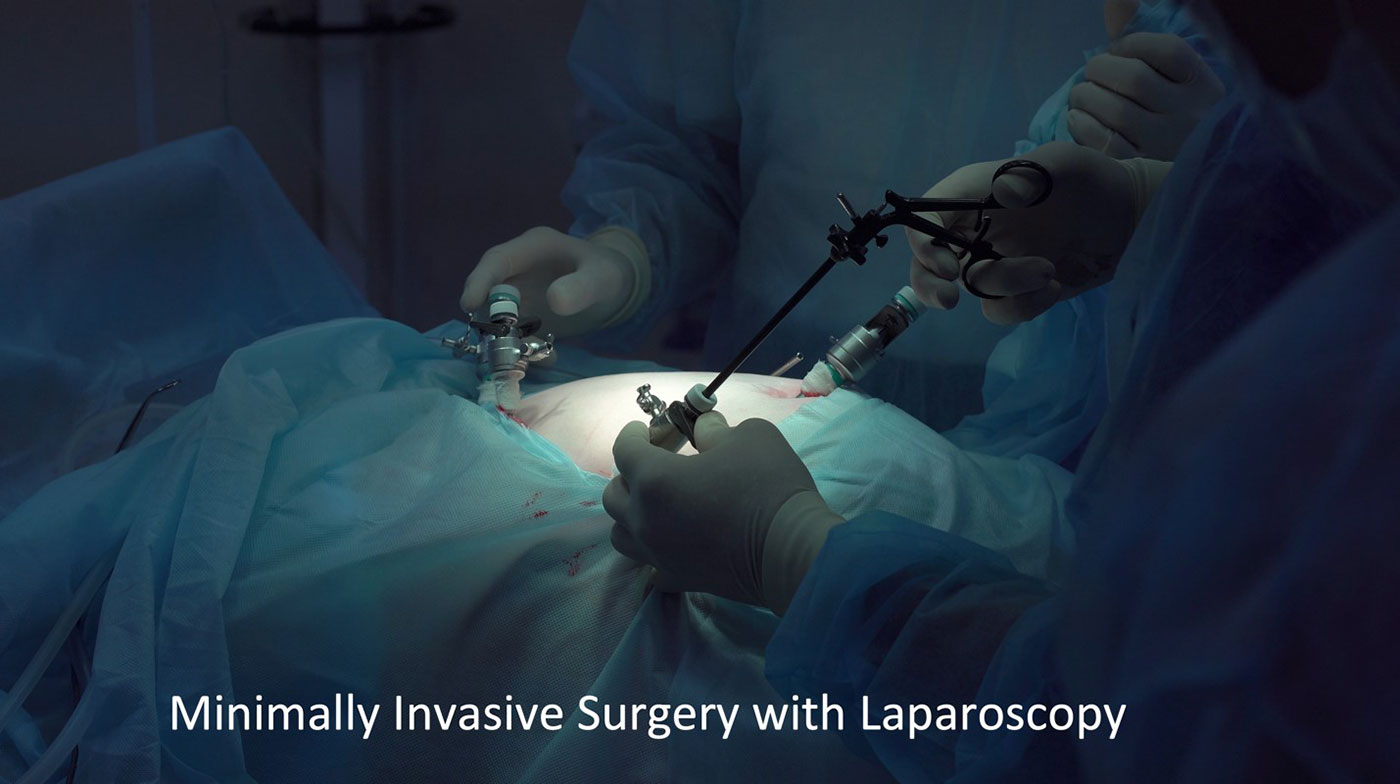Minimally Invasive Liver Surgery
Minimally invasive liver surgery, also known as laparoscopic liver surgery or robotic-assisted liver surgery, is a newer technique that uses smaller incisions and specialized surgical instruments to remove the diseased liver tissue.

This approach offers several benefits over traditional open liver surgery, including:
- Less pain: Minimally invasive liver surgery causes less pain and discomfort than open surgery, as it requires smaller incisions and less trauma to the surrounding tissues.
- Faster recovery: Patients who undergo minimally invasive liver surgery typically experience a faster recovery time, as they require less postoperative pain management, have smaller scars, and are able to return to their normal activities more quickly.
- Lower risk of complications: Minimally invasive liver surgery is associated with a lower risk of complications, such as bleeding, infection, and damage to surrounding organs, than open surgery.
- Shorter hospital stay: Patients who undergo minimally invasive liver surgery often have shorter hospital stays than those who undergo open surgery, which can reduce the risk of hospital-acquired infections and other complications.
- Improved cosmetic outcome: The smaller incisions used in minimally invasive liver surgery result in smaller scars, which can improve the cosmetic outcome and reduce the psychological impact of surgery.
Minimally invasive liver surgery is indicated for the treatment of a variety of liver conditions, including:
- Liver tumours: Minimally invasive liver surgery can be used to remove both benign and malignant liver tumours, including hepatocellular carcinoma, cholangiocarcinoma, and metastatic liver tumours from other cancers.
- Liver cysts: Minimally invasive liver surgery can be used to remove liver cysts, which are fluid-filled sacs that can cause pain and other symptoms.
- Liver abscesses: Minimally invasive liver surgery can be used to drain and remove liver abscesses, which are pockets of infected fluid in the liver.
- Liver hemangiomas: Minimally invasive liver surgery can be used to remove liver hemangiomas, which are noncancerous growths made up of blood vessels.
- Living donor liver transplantation: Minimally invasive liver surgery can be used to remove a portion of the liver from a living donor for use in a liver transplant for a recipient.
Overall, minimally invasive liver surgery offers several benefits over traditional open surgery, including less pain, faster recovery, shorter hospital stays, lower risk of complications, and improved cosmetic outcomes. It is indicated for the treatment of a variety of liver conditions, including liver tumours, cysts, abscesses, hemangiomas, and living donor liver transplantation. If you are in need of liver surgery, it’s important to discuss the benefits and risks of minimally invasive liver surgery with your doctor and a specialized liver surgeon to determine the best treatment approach for your specific condition.







